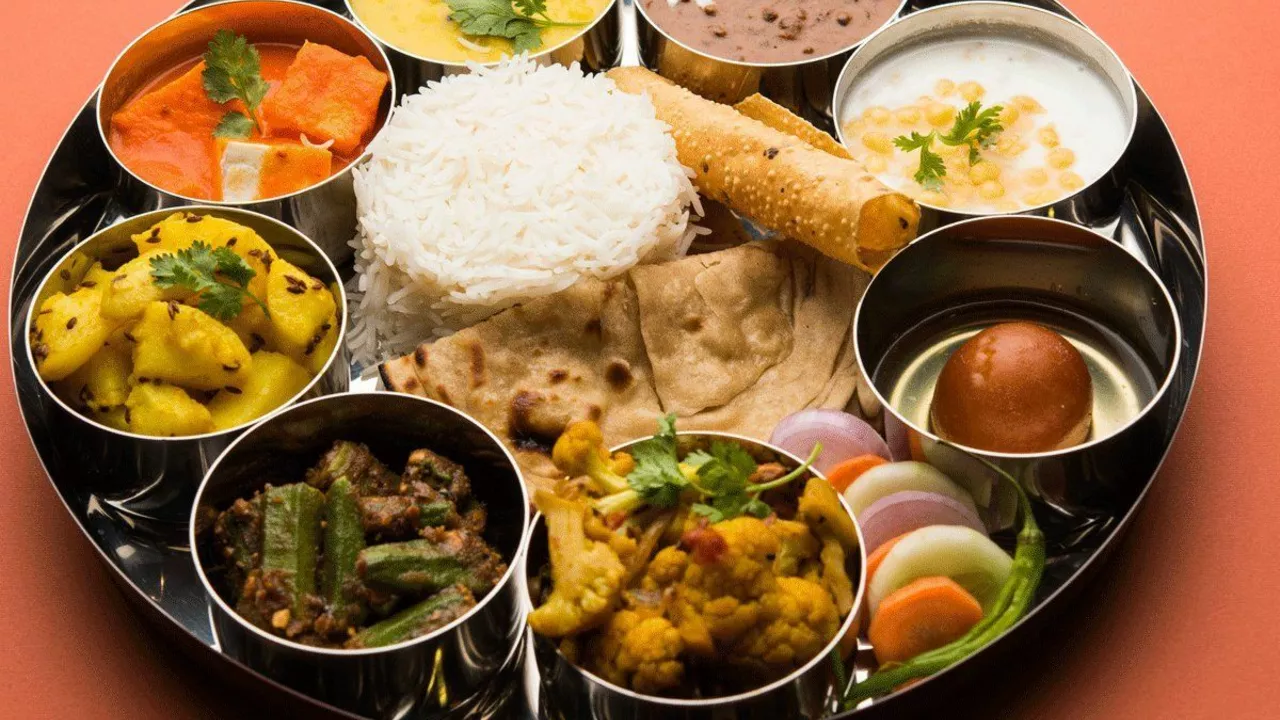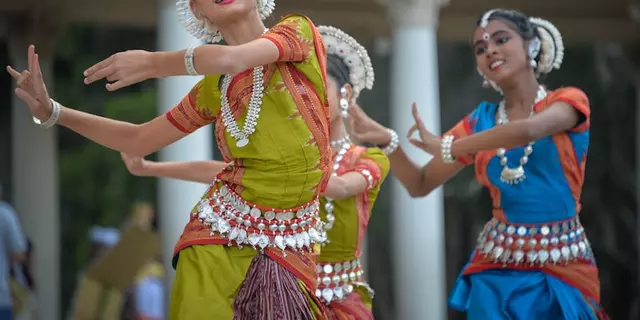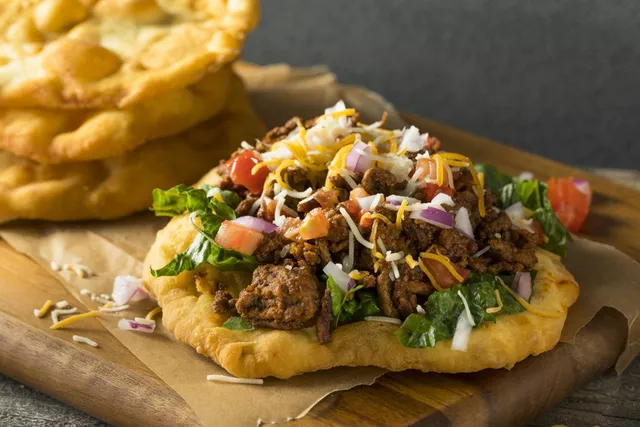Why are North Indian foods so spicy?

The Influence of Climatic Conditions
Being a fervent lover of spicy foods, it's quite intriguing to delve into the crux of the age-old question – why on earth are North Indian foods so spicy? Well, let's leap into the palate of North India to quench our fiery curiosity! My experiences have shown that the root of the extreme spiciness of North Indian foods lies majorly in the climatic conditions of the region. North India primarily experiences harsh winters and extreme summers. The spice, as you will, just helps the locals bear the brunt of such intense weather.
For instance, the consumption of spicy food in winter aids the body in generating warmth. North Indians are renowned for their amazing food spread that nudges the body to generate heat and stay warm. It's an ingenious survival mechanism, don't you think? Interestingly, I recall my hibernation in Delhi during one of my winter visits. The only way I managed not to turn into an icicle stick was by gulping down massive amounts of piping hot spicy curry and tinting my lips crimson with every spoonful of hotheaded pickle!
In contrast, eating spicy food during the sweltering summers induces sweating which, in turn, serves as the body's air conditioning. Crazy, right? But it works! During one of my summer stays in Jaipur, frequent rounds of the spice-infused local dish "Lal Maas" kept me shockingly perspiring and comfortably cool amidst the scorching desert heat.
The Role of Traditional Medicine
The Indian herb and spice aisle is a treasure trove of medicinal benefits. The repertoire of spices used in North Indian dishes isn't just about mouth-scorching heat but also about the healing properties. Each spice, each herb, has been handpicked through a centuries-old understanding of the human body and nature itself. Born and raised in a coastal city like Sydney, this revelation hit me like a thunderbolt. The magic of Indian food originates from a profound understanding of the medicinal values of spices.
Take my favorite dish as an example - spicy chicken tikka masala. Its key ingredients—turmeric, red chili, and ginger—all have extensive medicinal properties. Turmeric, known as Indian saffron, is one of the most important spices in the North Indian kitchen. Its anti-inflammatory and antioxidant properties have held sway over various ailments. It's also packed with curcumin, a compound studied for its participatory role in combating cancer and Alzheimer's.
Then we have the mouth-scorching red chili! The capsaicin in it does more than turn your face a weird shade of tomato. It aids in pain relief, clearing congestion, and boosting metabolism. No small feat, huh? And lastly, the multifaceted ginger is beneficial for the digestive system and combats several types of nausea.
The Spice of Heritage
Another intriguing aspect of North Indian cuisine's spiciness is its deep-seated link with Indian history. The culinary heritage is largely influenced by the dynastic rules and invasions of Persians, Mughals, Britishers, and Portuguese. Each group left an indelible mark on Indian cuisine, and North India has adopted each of those influences with a deft hand and a spice ladle.
Let's time-travel a few centuries back. The Mughals, who ruled North India for several centuries, introduced a lot of ingredients in Indian cooking including dried fruits, meat preparations, and unique spice combinations. As a spice enthusiast, I see the Mughal impact on North Indian food as the perfect marriage of taste explosion and tradition. And then, we have the Britishers who brought with them a penchant for potatoes and tomatoes. Today, you can't imagine a North Indian kitchen without a bag of potatoes and tomatoes, preferably with a fiery jalapeño sneaking about!
Crafting the Perfect Spice Symphony
North Indian foods aren't just spicy. They are a symphony, a rich and heady mix of various spices that lend a unique aroma, color, and flavor that is both addictive and interesting. Creating a North Indian dish isn't just about cooking; it's about crafting an experience.
The method involves slow cooking, layering of spices, and roasting or frying spices to accentuate the flavors. After all, it's a symphony that’s constructed note by note, layer by layer. If you are ever in a North Indian kitchen, you will observe a highly systematized process. Each spice is roasted at a specific temperature, grounded in a certain manner, and added at the precise step to release the maximum flavor.
The aim is not just to make the dish hot but also to create a medley of flavors that linger long after you're done eating. It's about the memories the dish revives, the occasions it reminds you of, and the stories it gets to be a part of. In summary, the spiciness is not just a flavor profile but an exquisite journey in itself. And having journeyed through that path countless times, I can tell you, it's a path of tears, sweat, but most importantly, joy.




